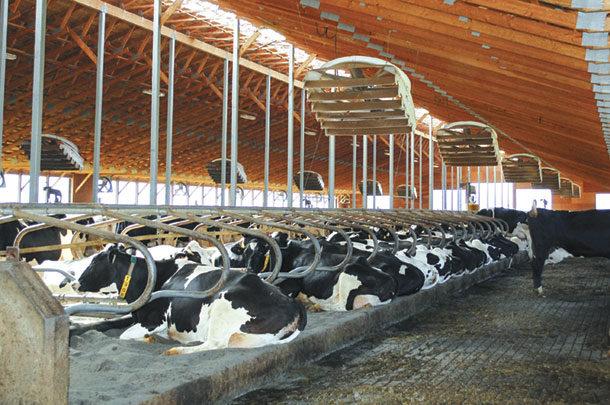Cattle cooling systems are essential for maintaining the health and productivity of livestock, especially in hot climates. These systems can be categorized into natural and mechanical methods, each with its own benefits and applications.

Natural Cooling Systems:
Shade: Providing shade through trees, shelters, or shade cloths helps reduce direct sun exposure, lowering the risk of heat stress.
Ventilation: Proper barn design with good airflow can help dissipate heat. Open-sided barns, ridge vents, and fans improve air circulation.
Water: Access to cool, clean drinking water is crucial. Some farms use misters or sprinklers to cool the air around the cattle, reducing body temperature through evaporative cooling.
Mechanical Cooling Systems:
Fans: High-efficiency fans, both ceiling and wall-mounted, increase airflow and help dissipate body heat.
Sprinklers and Misters: These systems spray water on the cattle, which evaporates and cools them down. High-pressure misters create a fine mist that is highly effective in cooling.
Cooling Pads: These are specialized mats that can be installed in resting areas. They use water to absorb and dissipate heat from the cattle's bodies.
Evaporative Cooling Systems: These systems combine fans and water to cool the air before it reaches the cattle, providing a more comfortable environment.
Management Practices:
Feeding Schedules: Feeding cattle during cooler parts of the day can reduce heat stress, as digestion generates additional body heat.
Stocking Density: Reducing the number of animals in a given area can improve airflow and reduce heat buildup.
Monitoring: Regularly monitoring cattle for signs of heat stress and taking immediate action is essential. This includes observing behavior and checking vital signs.
Implementing an effective cooling system for cattle not only enhances their well-being but also improves milk production, weight gain, and overall health, ensuring a more profitable and sustainable livestock operation.
